People have been building walls for various reasons since the beginning of human history. While most of these ancient walls are gone forever, many of the world’s earliest and most impressive defensive walls still exist. All of the walls on this list exist in some capacity today. Some of these walls even look relatively untouched.
10. Walls of Constantinople
Year Built: 4th – 5th century CE
Location: modern-day Istanbul, Turkey
Main Function: Defensive fortification
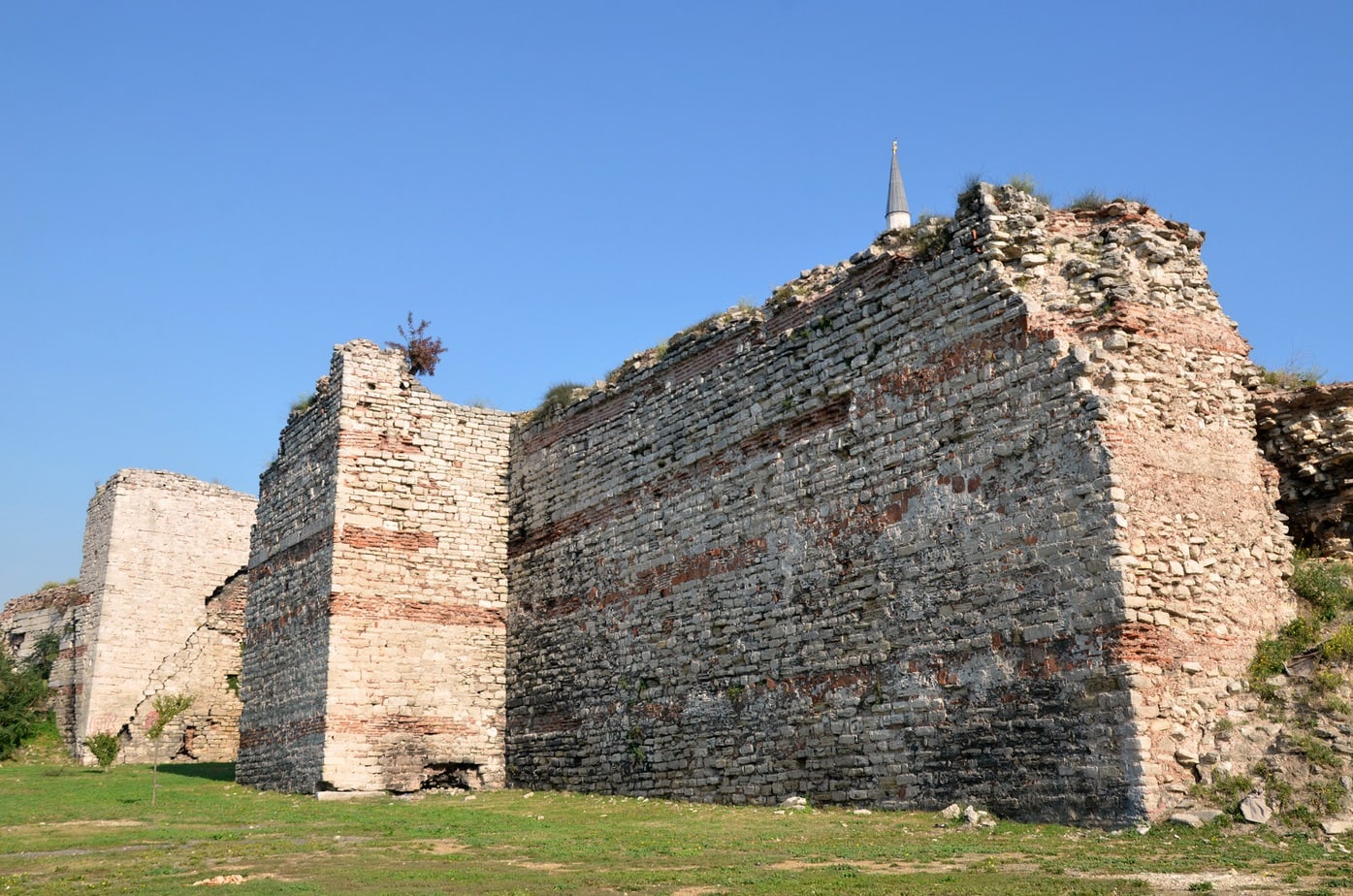
The Walls of Constantinople are a series of defensive walls that were built to protect Constantinople (modern-day Istanbul) since the city was ruled by Constantine the Great. Throughout the centuries, Constantinople’s walls were modified by various rulers. The most famous part of the walls, the Theodosian Walls, were built in the 5th century by Emperor Theodosian II. The Theodosian Walls were impregnable for several centuries and are the most well-preserved section of the Walls of Constantinople.
Did You Know?
Despite a lack of maintenance, many parts of the Walls of Constantinople are still standing today because of how well-made they were. A large-scale restoration of the walls has been underway since the 1980s.
9. Aurelian Walls
Year Built: 271 – 275 CE
Location: Rome, Italy
Main Function: Defensive fortification
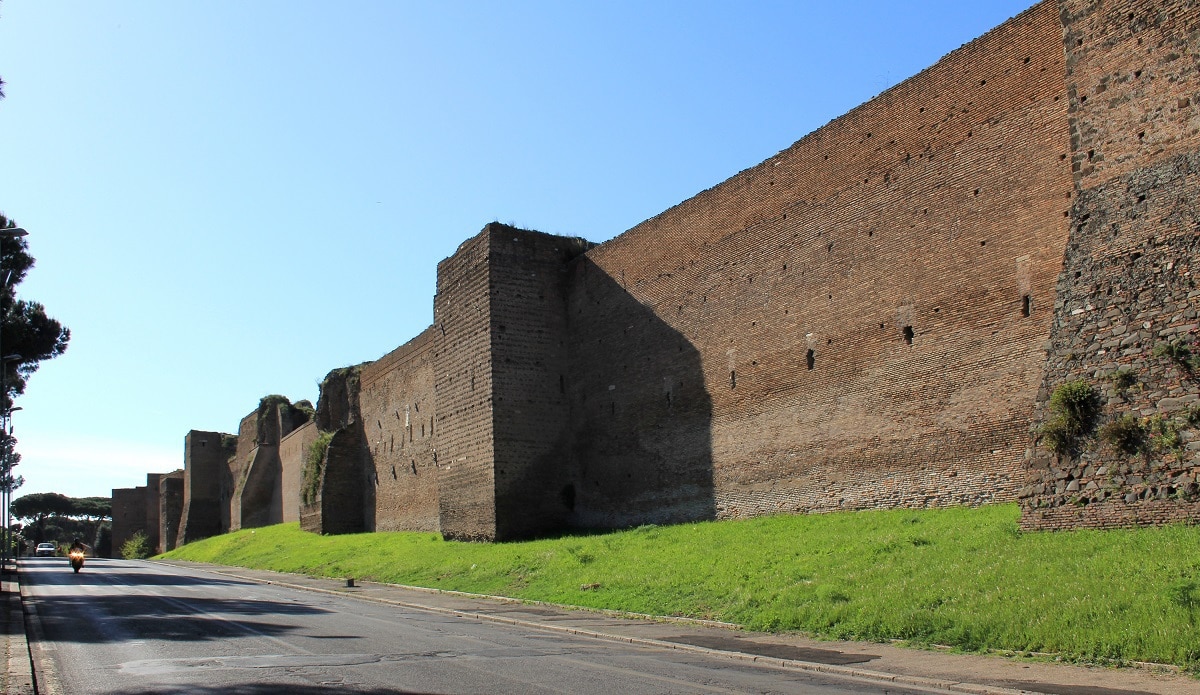
The Aurelian Walls were built between 271 – 275 CE in Rome during the reign of the Roman Emperors Aurelian and Probus. These walls were built to replace the earlier Servian Walls and served as defensive fortifications surrounding all seven of Rome’s hills plus the Campus Martius and, on the right bank of the Tiber, the Trastevere district. Parts of the Aurelian Walls were later remodeled and doubled in height from 26 feet (8 meters) to 52 feet (16 meters). Surprisingly, much of the Aurelian Walls have been well-preserved.
Did You Know?
The Aurelian Walls continued as a significant military defense for the city of Rome until September 20, 1870, when the Bersaglieri of the Kingdom of Italy breached the wall near the Porta Pia and captured Rome.
8. Antonine Wall
Year Built: 142 CE
Location: modern-day Central Belt of Scotland
Main Function: Defensive fortification
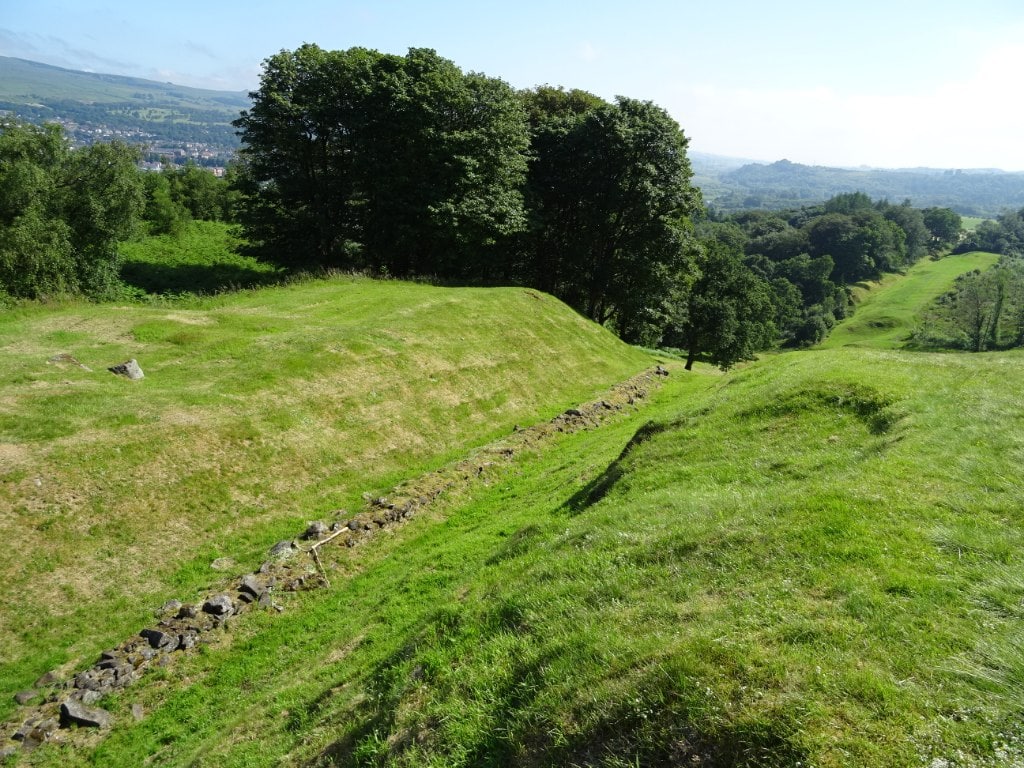
The Antonine Wall, which is located in central Scotland, was built on the orders of Roman Emperor Antoninus Pious, who took over the throne following Hadrian’s death. Unlike the larger Hadrian’s Wall, the Antonine Wall was used as an imperial frontier for only a few decades while Antoninus ruled. The Roman army mostly abandoned the Antonine Wall around the early 160s CE. Following Antoninus’ death, his successor, Marcus Aurelius, pulled the Roman frontier back to Hadrian’s Wall.
Did You Know?
During medieval times, the Antonine Wall was known as Gryme’s dyke or Graham’s dyke because of the Pictish legend.
7. Hadrian’s Wall
Year Built: 122 CE
Location: modern-day northern England
Main Function: Possibly defensive fortification or a symbol of Roman power
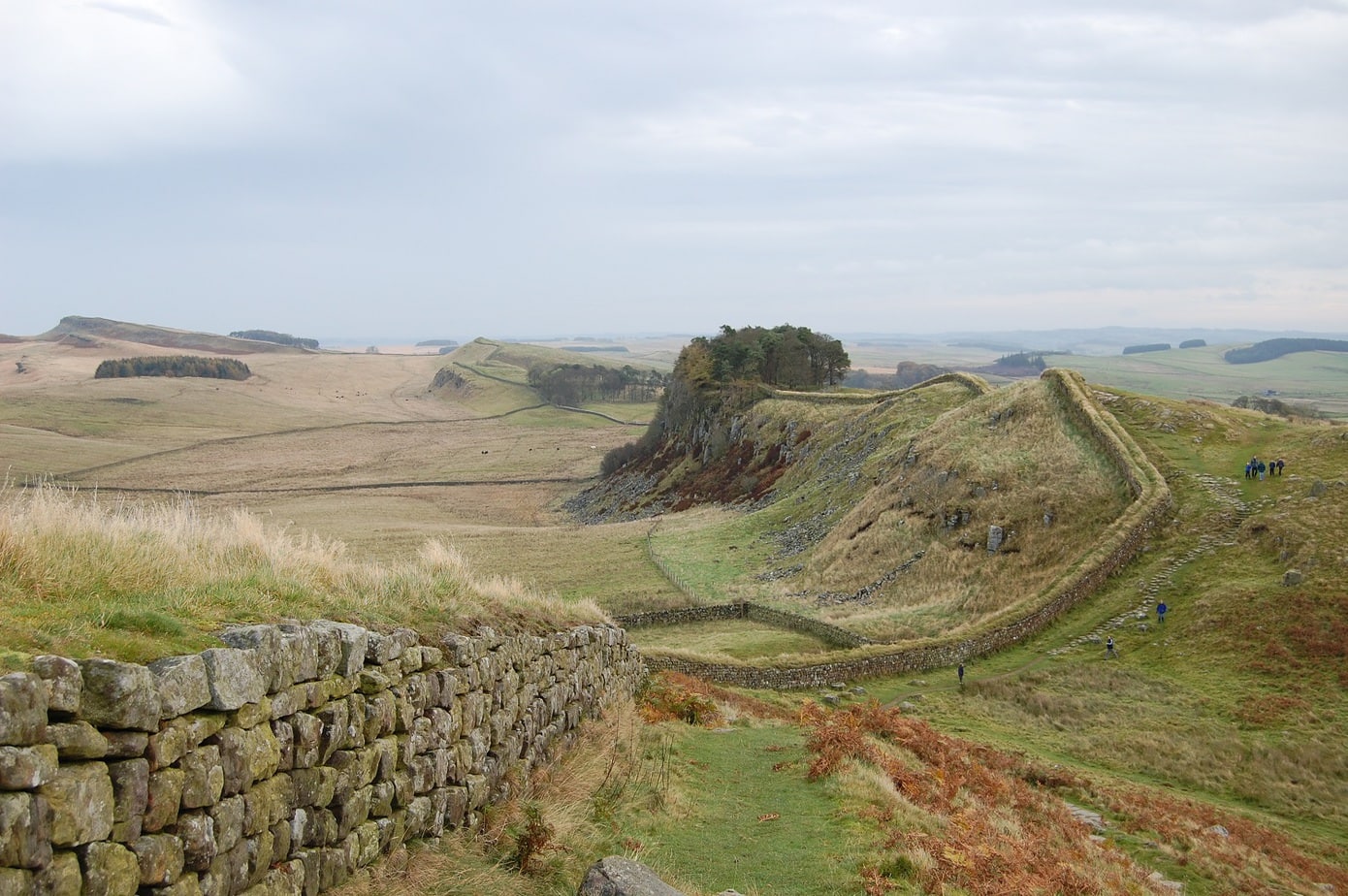
Did You Know?
The initial preservation of what remains of Hadrian’s Wall was carried out by one man, antiquarian John Clayton, who bought up the land around the wall and got other people interested in the wall’s history.
6. Serpent’s Wall
Year Built: 2nd century BCE to 7th century CE
Location: Kiev Oblast, Ukraine
Main Function: Defensive fortification
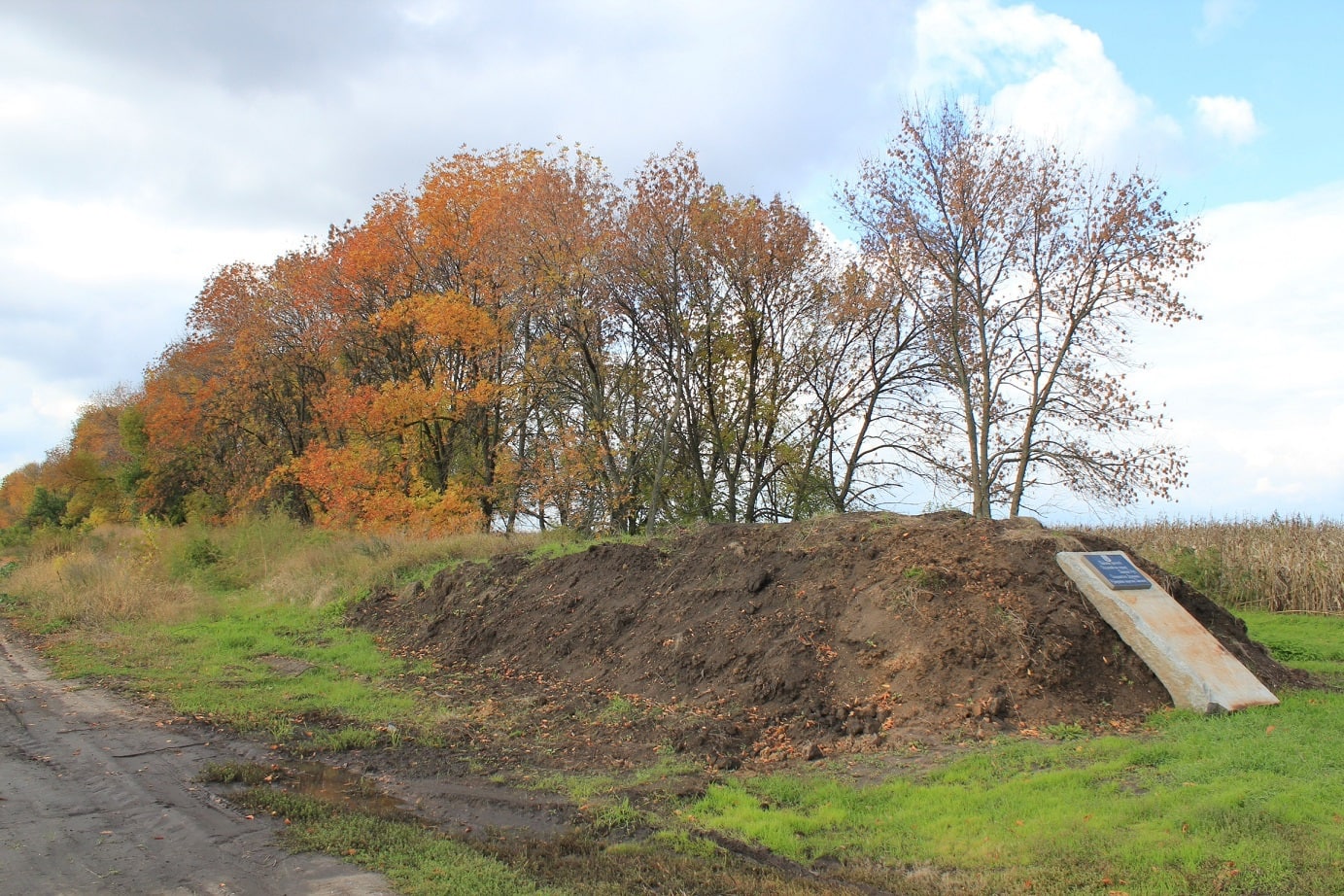
Not too much is known about the Serpent’s Wall located in the Kiev Oblast area of Ukraine. No one knows who built the walls or when exactly they were built. Carbon dating puts the construction of the Serpent’s Wall between the 2nd century BCE to the 7th century CE. There are three theories as to who built the Serpent’s Wall: either the Sarmatians against the Scythians, or the Goths of Oium against the Huns, or the Early East Slavs against the nomads of the southern steppes.
Did You Know?
The Serpent’s Wall gets its name from a legend that says a mythical Slavic hero Kozmodemian (or Borysohlib) attached a plow to a dragon (serpent) in order to kill it and earthwork walls were a result of the fight.
5. Servian Wall
Year Built: early 4th century BCE
Location: Rome, Italy
Main Function: Defensive fortification
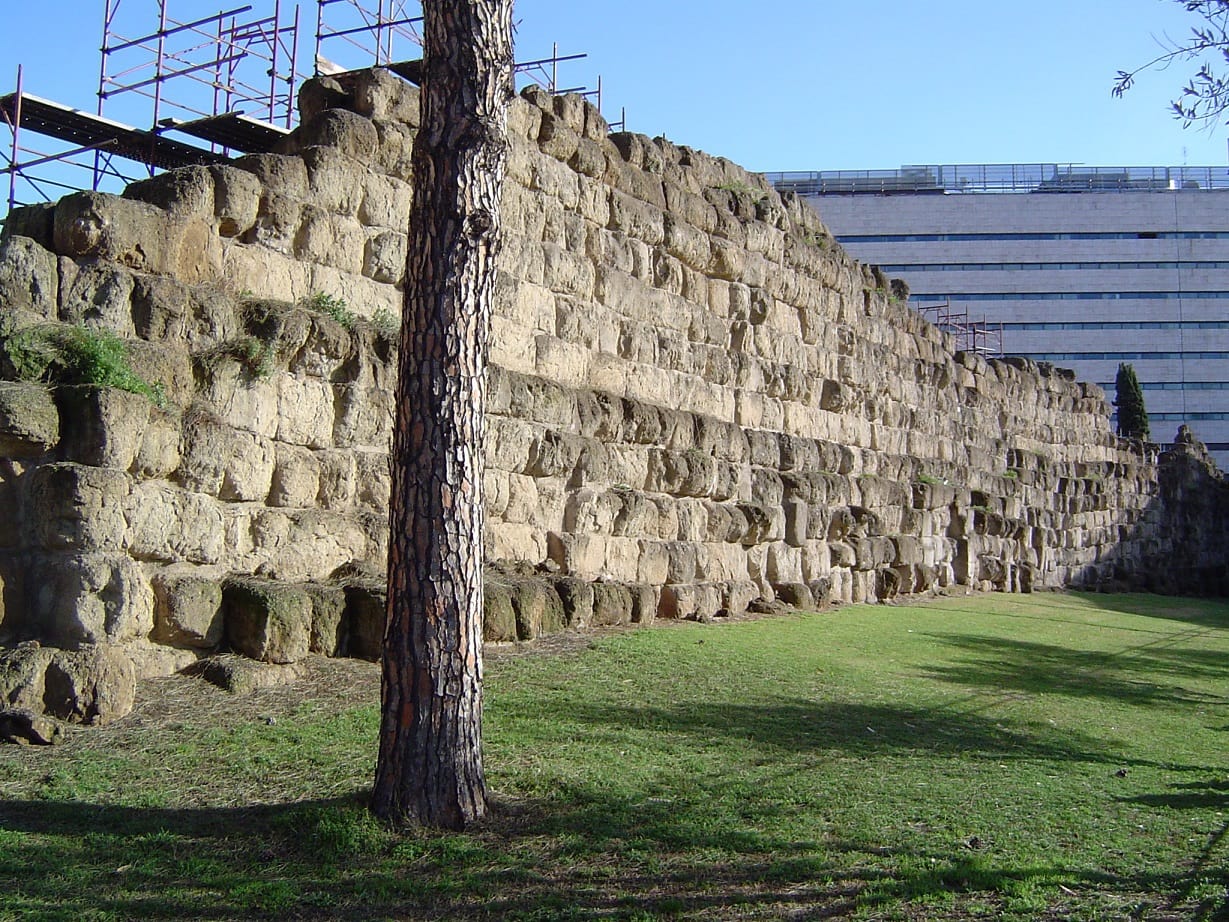
The Servian Wall is the earliest existing defensive wall found in Rome. It was built in the early 4th century BCE and is named for a later Roman king, Servius Tullius. Originally, the Servian Wall was built from large blocks of Cappellaccio tuff (a volcanic rock), which was later restored in the late 390s BCE. The Servian Wall was well-maintained into the Roman Empire, but was later replaced by the better-built Aurelian Walls.
Did You Know?
A remaining section of the Servian Wall is located inside of a McDonald’s at Termini Station, the main railway station in Rome.
4. Great Wall of Qi
Year Built: c. 7th century to 5th century BCE
Location: Jinan to Qingddao, China
Main Function: Defensive fortification
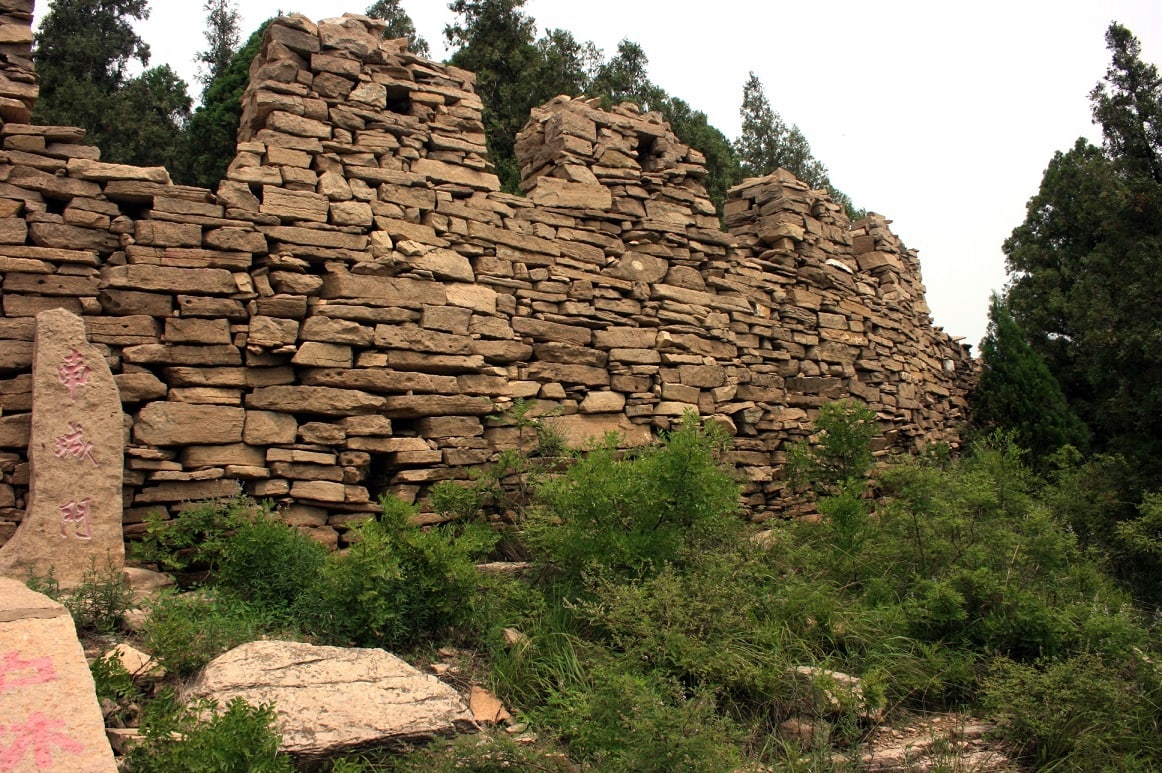
While the earliest parts of the Great Wall of China were built as early as the 7th century, none of these first sections have survived. However, remnants of the Great Wall of Qi are still standing and they are the oldest existing parts of China’s Great Wall. Depending on the source, the Great Wall of Qi was built as far back as the 7th century BCE during the reign of Lord Huan of Qi. The Great Wall of Qi spanned over 398.5 miles (641.32 kilometers) and ranged over the mountain ridges of central Shandong Province.
Did You Know?
Despite being of great historical importance, the Great Wall of Qi is not properly protected and stones from the wall have been stolen and used to build houses and livestock pens
3. Broad Wall
Year Built: c. 8th century BCE
Location: Old City of Jerusalem
Main Function: Defensive fortification
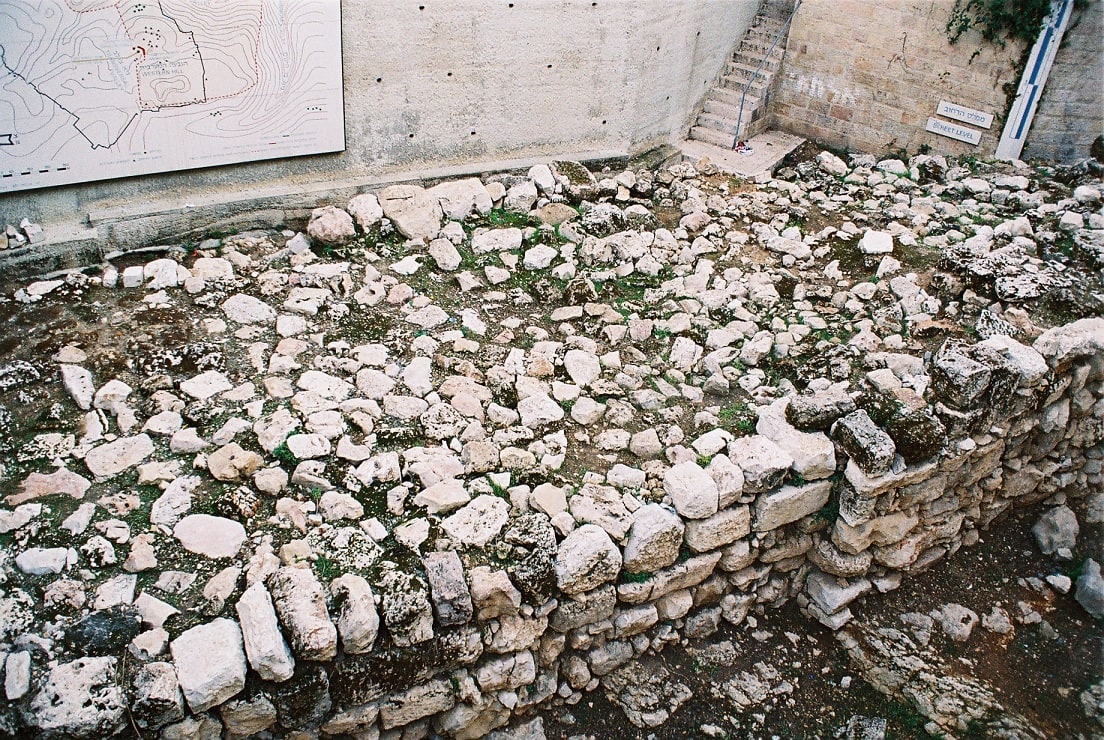
The Broad Wall is located in what is now the Jewish Quarter of the Old City of Jerusalem. The wall dates back to the 8th century BCE and was most likely built by Hezekiah, King of Judah. According to archaeologists, the Broad Wall was part of a fortification of an Israeli wall. The discovery of the Broad Wall revealed that the Old City of Jerusalem at the time was much larger than previously thought.
Did You Know?
Archaeologists believe that King Hezekiah built the Broad Wall in anticipation of an invasion of Judea by Sennacherib.
2. Walls of Jericho
Year Built: c. 8000 BCE
Location: Jericho, West Bank, Palestine
Main Function: Possibly fortification, an anti-flooding system, and/or political symbol of communal power
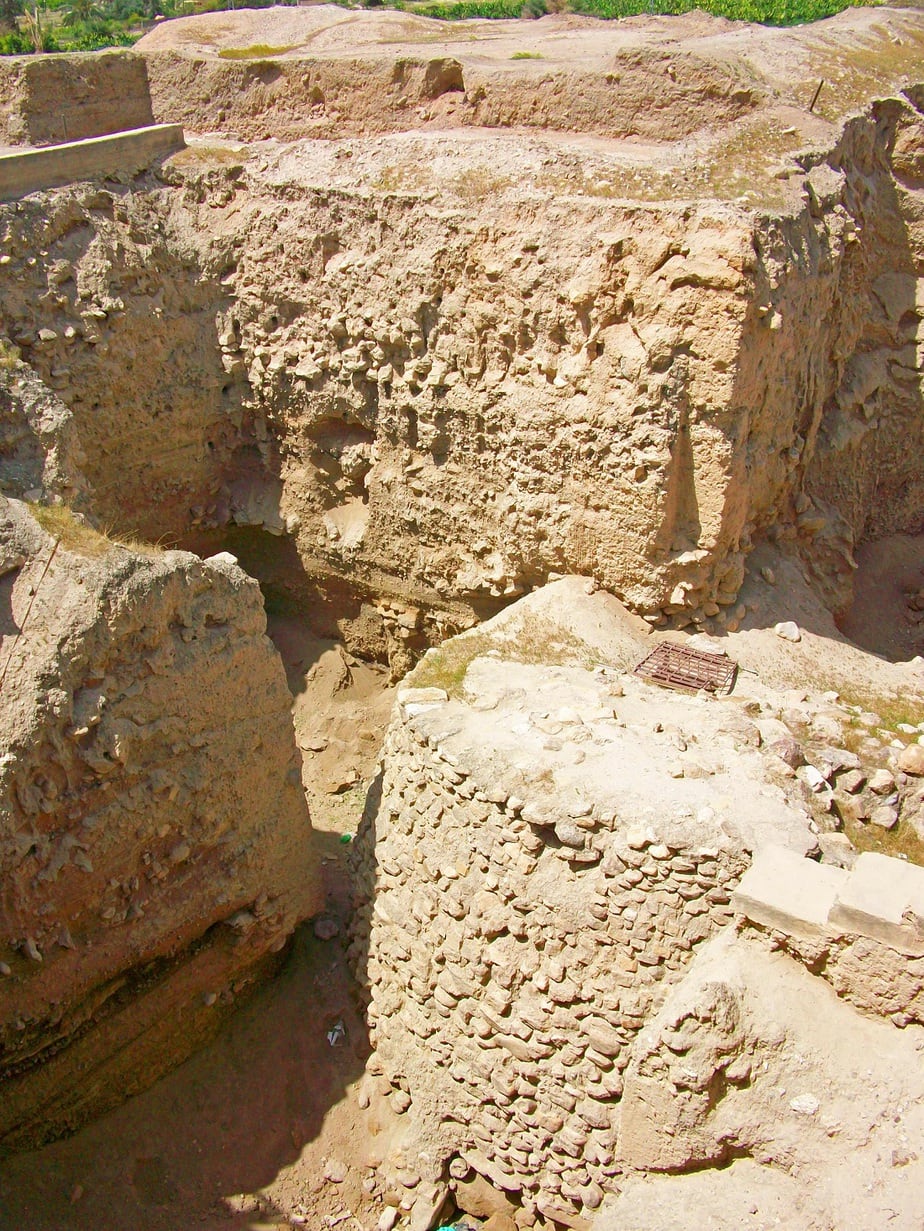
The Walls of Jericho are the oldest known city walls in the world and date back to at least 8000 BCE, but were most likely built much earlier. By this time, Jericho had grown into a large settlement surrounded by a massive stone wall. Along the wall was a stone tower, that is the second oldest tower in existence. While its natural to think that the Walls of Jericho were created for defense, there is no evidence that the city was at war at the time the walls were constructed. Most archaeologists believe that the walls were built to protect Jericho from floods and that the tower was used for ceremonial purposes.
Did You Know?
The Walls of Jericho were 11.8 feet (3.6 meters) tall and 5.9 feet (1.8 meters) wide at the base.
1. Theopetra Cave Wall
Year Built: 21000 BCE
Location: Thessaly
Main Function: Possibly as a barrier to cold winds
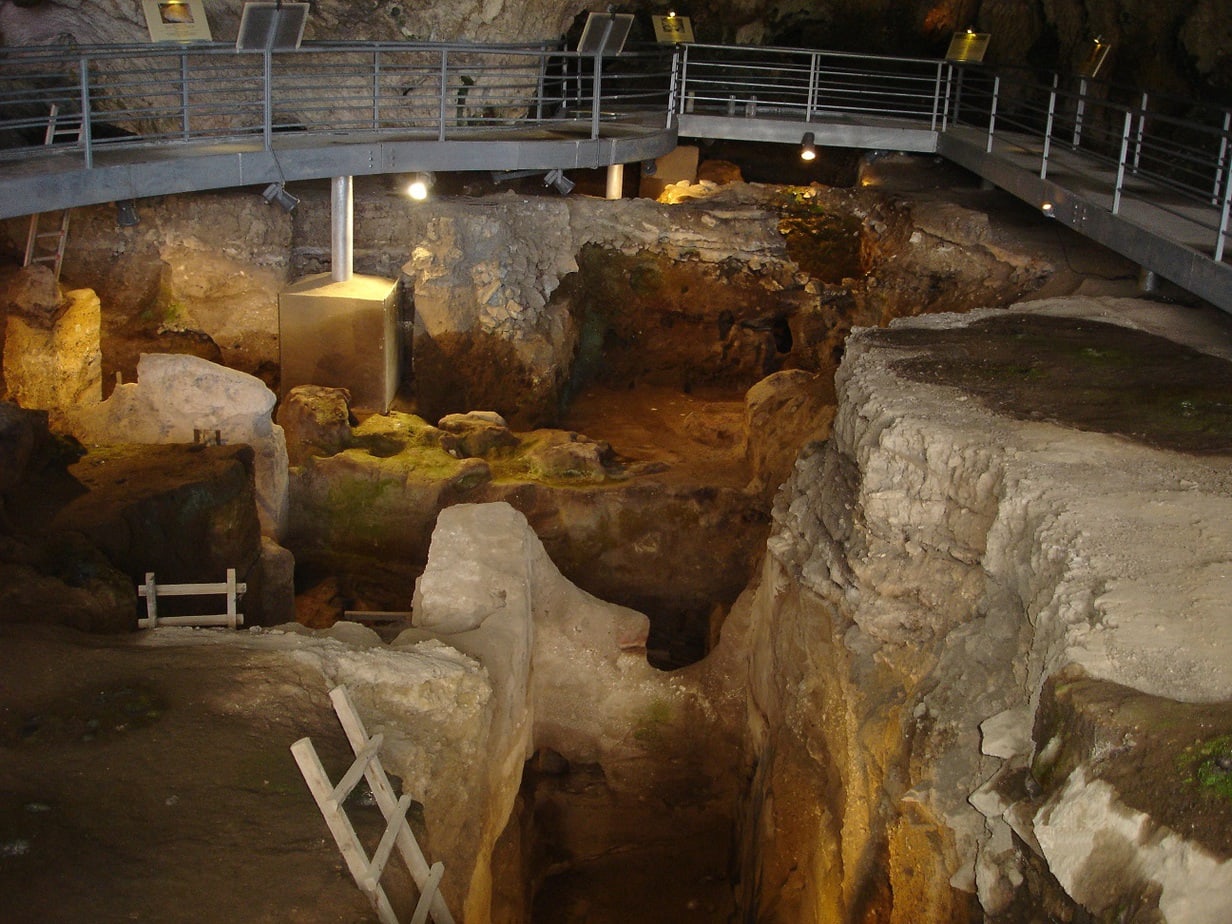
Did You Know?
In addition to being home to one of the oldest man-made structures in the world, Theopetra Cave is a treasure trove of ancient artifacts, including the oldest human footprints in Europe that have been dated to about 135,000 years ago.










